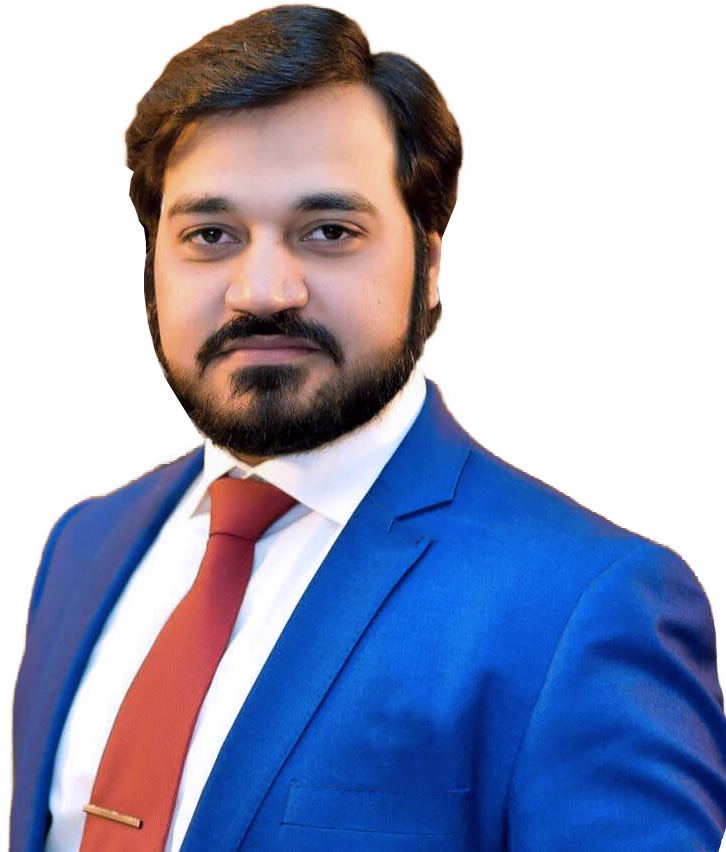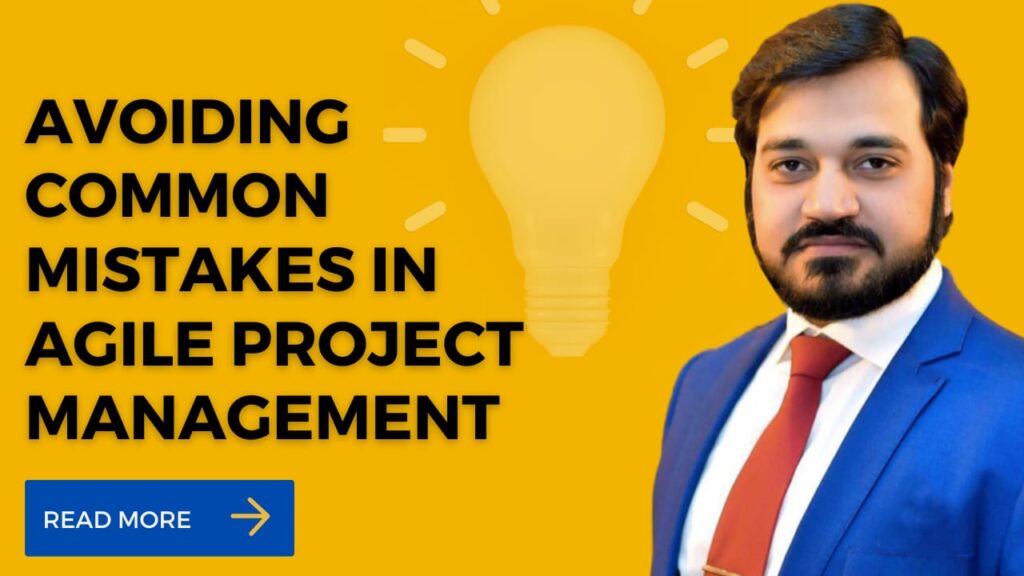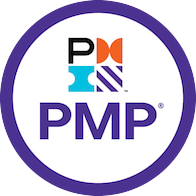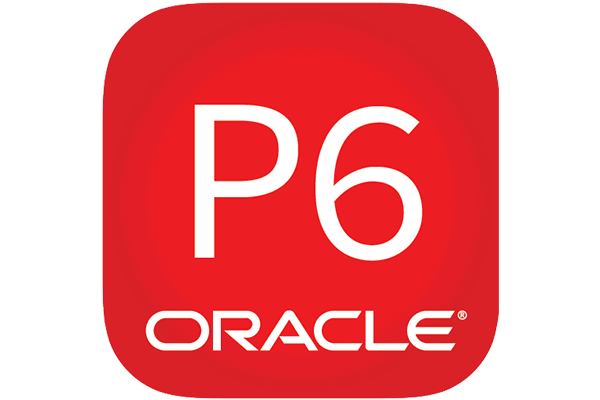Hi, I’m Farhan Yousaf
a
Process Optimization Consultant
Project Management Professional
Practitioner of Agile
I am a seasoned project management professional with over 15+ years of experience in the software development industry. I have proven track record of delivering successful projects on time and within budget. I'm a highly skilled trainer and consultant who specializes in training and coaching teams on project management best practices and methodologies. I'm known for my ability to effectively communicate and motivate team members, resulting in high-performance teams that deliver results.

What I Do
Project Management
We help organizations plan, execute, and deliver projects on time and within budget.
Business Stratagy
I throw myself down among the tall grass by the stream as Ilie close to the earth.
App Development
I handle everything from to app development process until it is time to make your project live.
Mobile App
Using our expertise in mobile application development to create beautiful pixel-perfect designs.
SEO Optimisation
Your website ranking matters. Our SEO services will help you get to the top of the ranks and stay there!
UX Consulting
A UX consultant is responsible for many of the same tasks as a UX designer, but they typically.
My Portfolio
Education Quality
Project Management Professional - PMP
Project Management Institute
Being an earner of the globally-recognized Project Management Professional (PMP), I have demonstrated my extensive knowledge and mastery of project management concepts, tasks, and techniques that are applicable across virtually any industry and methodology.
Demonstrated the knowledge and skills needed to initiate, plan, execute, monitor and control, and close a project.
MS - Project Management
University of Management & Technology (2019 - 2020)MS in Project Management helps me in your career by providing me with advanced knowledge and skills in planning, organizing, and leading projects. This helps me to become a more effective project manager. Additionally, MS in Project Management helps me to develop a better understanding of the industry and the latest tools and techniques used in project management.
BS in Information Technology
University of Punjab (2004 - 2008)BS degree helps me in my career by providing me with a strong foundation in computer science, programming, and information systems. This knowledge was applicable applied to a variety of industries, including software development, IT consulting, cybersecurity, and data analysis.
Job Experience
Director Marketing & Communication
PMI Lahore Chapter - (2022 - Present)As the Director of Marketing & Communications at the PMI Lahore Chapter, I volunteered my time and expertise to help promote the chapter and its events to the local project management community. This included creating and implementing marketing strategies, managing social media accounts, designing promotional materials, and coordinating with other chapter leaders to ensure effective communication and outreach efforts. One of my main responsibilities is to increase the chapter's visibility and reach within the community by creating engaging content and utilizing various marketing channels, such as email campaigns, social media, and local events. I worked closely with the chapter's leadership team to develop a comprehensive marketing plan that aligned with the chapter's goals and objectives. Additionally, I'm serving as the point of contact for media and press inquiries, and helped to manage the chapter's website and online presence. I also working with other chapter leaders to plan and execute events, such as networking opportunities and professional development workshops. Overall, my volunteer service as the Director of Marketing & Communications helping me to increase the chapter's membership and engagement, and helped to establish the chapter as a leading resource for project management professionals in the Lahore area.
Head of Planning & Delivery
Tower Technologies (Pvt) Ltd - (2022- Present)
Overseeing the overall planning and delivery of software projects. Which includes:
- Developing and implementing project management methodologies and processes
- Establishing project timelines and milestones
- Coordinating with cross-functional teams to ensure project deliverables are met on time and within budget
- Managing project risks and issues, and developing contingency plans as necessary
- Ensuring the quality of the deliverables and that they meet the client's requirements
- Communicating project progress and status to stakeholders, including clients and senior management
- Managing and mentoring project managers and other team members
Identifying and implementing process improvements to increase efficiency and productivity
Overall, I have a critical role in ensuring the successful delivery of software projects and the satisfaction of clients.
Visiting Lecturer
University of Management & Technology (2020 - Present)
As Lecturer for MS Project Management, I'm responsible for teaching graduate students about the principles and practices of project management.
- Developing and delivering course content and materials
Leading class discussions and providing guidance to students
- Assessing student performance and providing feedback
- Advising students on academic and career matters
- Participating in curriculum development
Head of Software Development
Head of Software Development - (2017 - 2021)
Supervise and manage all core activities including the development, Quality Assurance, business analysis, documentation, and product/project delivery tasks in partnership with C-suite / Chief Technology Executive. Identify and drive architectural, tool, and technology best practices across multiple teams within the signature family in support of key strategic initiatives. Strategize and align all resource and long-range planning initiatives with product management, industry leaders, and software development processes.
Key Accomplishments
- Deliver solutions and product capabilities with speed and quality as well direction to a technology company, offering mobile Apps, cloud-based software services (SaaS), web-based solutions, and other software services.
- Drive engineering and technology excellence while working across multiple groups; ensured smooth and seamless delivery to customers and end users by leading technological integration for array of services platforms.
- Identify opportunities to improve engineering velocity through systems and tools, defined benchmark of excellence by redesigning application's platform and consolidating technologies with a focus on production deliverables.
- Lead the group to develop, align, and deliver on measurable goals; enhanced customer expectations, raised software controls, and decreased development cycle time and cost by developing TQM environment.
Deputy Director System Development - Core Application Lead
Punjab Land Record Authority - (2015 - 2017)
Served Punjab Land Record Authority in the capacity of Deputy Director Development as Core Application Development Lead for managing team of software engineers along with database administrators for the smooth working of Land Record Management & Information System operational in 145 service centers all over the Punjab
Defined and refined development processes and practices such as version control, build pipelines, automated testing, code reviews. Developed highly scalable, distributed, cloud-service platform by using Service Oriented Architecture. Liaised with technological suppliers and vendors to manage operations for service outreach and product demonstrations.
Key Accomplishments
- Designed, developed and test applications in line with established standards., validated core systems, technical operations and code to confirm scalability also spearhead, execute, and test software development lifecycle.
- Directed high skilled team of software engineers and database administrators to assure smooth working of Land Record Management & Information System operational in 145 service centers all over the Punjab.
- Designed and implemented plans to ensure hassle-free delivery of e-Services in all service centers of Punjab and improved operations by conducting systems analysis and recommending changes in policies and procedures.
- Collaborate with other software developers, product owners and software architects to plan, design, develop, test, and maintain applications, also analyzed and resolved operational, technical and application problems.
Lahore, Punjab
Multiple Organizations - (2008-2015)
Sr. Software Engineer / Team Lead
Ali Akbar Group
May 2012 - Aug 2015
Software Engineer
Descon Integrated Projects Private Limited
Nov 2010 - Apr 2012
Software Engineer
Dunya Media Group
Nov 2009- Sept 2010
Software Engineer
Ken Vision Solutions
Jan 2008- Nov 2009
Project Management
Agile Project Management
Stakeholder Management
Communication
Risk management
People Management
Technical Skills
Problem-solving
Technical expertise
System Design
Continuous improvement
System Security
Company Experience
ERP Integration Consultant
Punjab Group
Served as consultant for Microsoft Dynamics AX Implementation.
- Integration of Existing In-House developed System with Microsoft Dynamics AX which includes.
- Integration of Payroll System
- Integration of Campus Management Solutions of all educational institutes that comes under umbrella of Punjab Group.
Lead Architect
ENVISEDGE LLCPlayed role of Lead Architect in RFID based Inventory Management System for a very renowned Hopsital in USA
Lets Discuss

Farhan Yousaf
Director Marketing & CommunicationsI am available for any collaboration oppuurtunity and contribution. Connect with me via Email | Call | WhatsApp
+92 321 4921822 hellofarhan@outlook.comAgile Project Management for IT Professionals: A Guide to Successful Software Delivery
Project management is a critical aspect of any IT project, as it ensures that the project is completed on time,
Agile Project Management for IT Professionals: A Guide to Successful Software Delivery
Project management is a critical aspect of any IT project, as it ensures that the project is completed on time, within budget, and to the satisfaction of all stakeholders. There are many different project management methodologies that can be used, but the most popular among IT professionals is the #Agile methodology.
Agile project management is a flexible and iterative approach that emphasizes the importance of customer collaboration and rapid delivery of working software. It is well-suited to IT projects, as it allows for frequent testing and feedback, and encourages the development team to work closely with the customer to ensure that the final product meets their needs.
One of the key principles of Agile project management is the use of cross-functional teams. These teams are composed of members with different skills and expertise, who work together to deliver the project. This approach allows for more efficient use of resources and promotes collaboration and knowledge-sharing among team members.
Another important aspect of Agile project management is the use of sprints. #Sprints are short, time-boxed periods of time during which the team works to deliver a specific set of features or functionality. At the end of each sprint, the team holds a retrospective meeting to review what went well and what can be improved for the next sprint.
One of the most important roles in any IT project is the project manager. The project manager is responsible for ensuring that the project is completed on time, within budget, and to the satisfaction of all stakeholders. They are also responsible for managing the project team and ensuring that everyone is working together effectively.
In addition to the Agile methodology, there are other project management methodologies that IT professionals can use, such as Waterfall, Scrum, and Kanban. Each of these methodologies has its own strengths and weaknesses, and the best approach will depend on the specific needs of the project.
Overall, effective project management is essential for ensuring the success of any IT project. By using the Agile methodology, cross-functional teams, sprints, and effective project management, IT professionals can ensure that their projects are completed on time, within budget, and to the satisfaction of all stakeholders.
Avoiding Common Mistakes in Agile Project Management: A Guide for IT Professionals
Agile project management is a popular methodology for delivering software and other IT projects, but as with any approach, there
Avoiding Common Mistakes in Agile Project Management: A Guide for IT Professionals

Agile project management is a popular methodology for delivering software and other IT projects, but as with any approach, there are certain things that should be avoided in order to ensure project success. Here are some of the most common pitfalls to watch out for when working on an Agile project:
- Overloading the team with too much work: Agile emphasizes the importance of rapid delivery, but it’s important to ensure that the team is not overworked and stressed out. Overloading the team with too much work can lead to burnout, decreased productivity, and a higher risk of errors.
- Lack of clear priorities: Agile is all about flexibility, but it’s important to have a clear understanding of what needs to be done and in what order. Without clear priorities, the team may end up working on the wrong things or wasting time on unnecessary tasks.
- Lack of communication: Agile is a collaborative approach, and it’s important to ensure that everyone is on the same page. Without effective communication, the team may miss important deadlines or deliver the wrong thing.
- Lack of testing and quality assurance: Agile emphasizes the importance of frequent testing and feedback, but it’s important to ensure that the team is not skipping this step. Not thoroughly testing the software can lead to bugs and other issues that can cause delays and added costs.
- Not being flexible: Agile is a flexible approach, but it’s important to remember that the team needs to be able to adapt to changes as they happen. Inflexibility can lead to delays and added costs.
- Not involving stakeholders: Agile is a customer-focused approach, but it’s important to ensure that the team is working closely with the customer to understand their needs and make sure the final product meets them.
- Not measuring progress: Agile is an iterative approach, but it’s important to measure the progress of the project. Without measuring progress, the team may not know if they are on track or if they need to make adjustments.
By avoiding these pitfalls, IT professionals can ensure that their Agile projects are completed on time, within budget, and to the satisfaction of all stakeholders
Unlocking the Power of Design Thinking: A Human-Centered Approach to Problem-Solving
Design thinking is a problem-solving approach that has been gaining popularity in recent years, particularly in the field of product
Unlocking the Power of Design Thinking: A Human-Centered Approach to Problem-Solving

Design thinking is a problem-solving approach that has been gaining popularity in recent years, particularly in the field of product and service design. At its core, design thinking is a human-centered approach that focuses on understanding the needs and wants of the end-user, and using that understanding to drive the design and development of products, services, and experiences.
The design thinking process typically includes five key steps: empathizing with the user, defining the problem, ideating potential solutions, prototyping, and testing.
The first step in the process is empathizing with the user. This involves understanding their needs, wants, and pain points through research and observation. This step is critical in ensuring that the final solution addresses the real needs of the end-user.
Once a deep understanding of the end-user has been established, the next step is to define the problem. This involves identifying the specific challenge that needs to be solved and defining it in a clear and concise manner.
With the problem clearly defined, the next step is to generate potential solutions. This is where creativity comes into play, as the goal is to generate as many ideas as possible, regardless of how practical or feasible they may seem.
After a wide range of potential solutions have been generated, the next step is to prototype and test. This involves creating a physical or digital representation of the solution and testing it with real users. This step helps to identify any flaws or issues with the solution and allows for iterative improvements to be made.
Finally, in the testing phase, it’s crucial to get feedback from the user, this helps to refine the final product, service, or experience.
Design thinking is a powerful approach that can be applied to a wide range of problems and industries. It encourages creativity, experimentation, and a deep understanding of the end-user, all of which are essential for creating successful products, services, and experiences.
In summary, design thinking is a human-centered approach that helps in understanding the needs and wants of the end-user, it’s a five-step process that includes empathizing with the user, defining the problem, ideating potential solutions, prototyping, and testing, and finally, getting feedback from the user. It’s a powerful approach that can be applied to a wide range of problems and industries.




